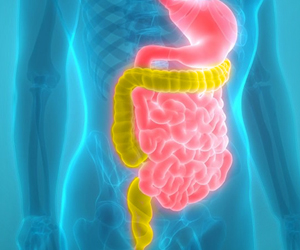
Gut flora is otherwise known as gut microbiota. There are roughly one thousand different species of bacteria that are nourished partly by what we eat.
Each person has their own specific gut flora and metabolism and these differ according to our dietary habits. Previous studies in mice have shown that a high-fat diet is capable of causing an imbalance in the gut flora, thus causing metabolic diseases such as diabetes or obesity.
Remy Burcelin's research spent three months studying how a fatty diet affected the gut flora of male mice of the same age, all with the same genetic background.
Most of the mice developed diabetes while remaining thin, whereas some remained thin but did not develop diabetes.
In order to confirm the theory that gut flora affects the way in which our body reacts to a high-fat diet, the research team looked at the microbial profile of different types of mice (thin and diabetic and thin and non-diabetic, which indicates two phenotypes).
Advertisement
The thin but diabetic mice presented a flora composed mainly of "bacteroidetes" type bacteria, unlike the thin and non-diabetic mice that presented a flora composed mainly of "firmicutes" type bacteria.
Advertisement
"By adding these fibers, we modulated most of the physiological characteristics. The metabolism of the mice that we treated with these fibers was similar to that of the thin, non-diabetic mice. But the gut flora of the mice treated with fibers changed greatly compared to that of the other phenotypes observed", said Matteo Serino.
Source-ANI















